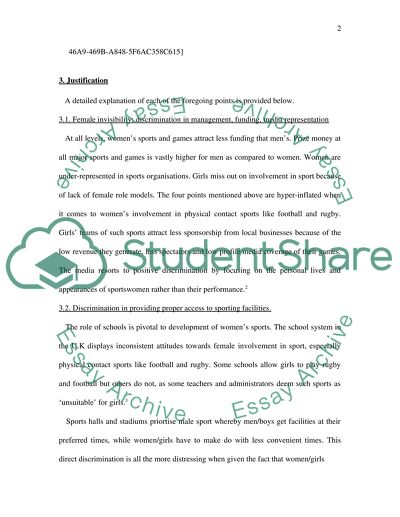Cite this document
(“A Study of the Access Women Have in Male Dominated Sports Dissertation”, n.d.)
Retrieved from https://studentshare.org/sports-and-recreation/1536323-a-study-of-the-access-women-have-in-male-dominated-sports
Retrieved from https://studentshare.org/sports-and-recreation/1536323-a-study-of-the-access-women-have-in-male-dominated-sports
(A Study of the Access Women Have in Male Dominated Sports Dissertation)
https://studentshare.org/sports-and-recreation/1536323-a-study-of-the-access-women-have-in-male-dominated-sports.
https://studentshare.org/sports-and-recreation/1536323-a-study-of-the-access-women-have-in-male-dominated-sports.
“A Study of the Access Women Have in Male Dominated Sports Dissertation”, n.d. https://studentshare.org/sports-and-recreation/1536323-a-study-of-the-access-women-have-in-male-dominated-sports.


